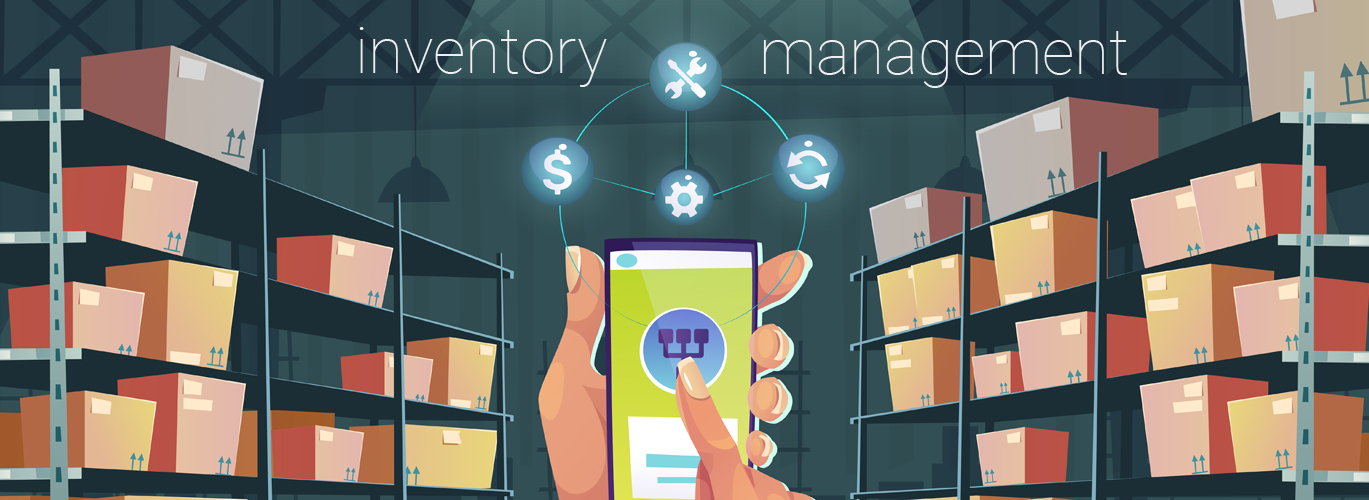What Is Inventory Management?
Inventory management assists companies to understand which and how much stock to order at what time. This tracks inventory from purchase to the sale of goods. The practice highlights and responds to trends to make sure there’s always enough stock to satisfy customer orders and proper warning of a shortage.
Why Is Inventory Management Important?
Inventory management is necessary for a company’s health as it helps to ensure there is rarely many or little stock on hand, reducing the risk of stockouts and inaccurate records.
Public companies should track inventory as a requirement for compliance with Securities and Exchange Commission (SEC) rules and the Sarbanes-Oxley (SOX) Act. Companies must document their management procedures to show compliance.
How does inventory management work?
The aim of inventory management is to know the stock levels and stock’s location in warehouses. Inventory management software tracks the flow of products from suppliers through the production procedures to the customer. In the warehouse, inventory management tracks stock receipt, packing picking and shipping. The essential steps of inventory management include:
- Purchasing inventory: Ready-to-sell goods are bought and delivered to the warehouse or straight to the point of sale.
- Storing inventory: Inventory is stored until required. Materials or goods are transferred over your fulfilment network until ready for shipment.
- Profiting from inventory: The amount of product for sale is controlled. Completed goods are pulled to fulfil orders. Goods are shipped to customers.
Inventory Management Techniques and Terms
Some inventory management techniques utilise formulas and analysis to plan stock. Others depend on procedures. The techniques a company uses rely on its needs and stock.
Let’s look at some techniques that works best for your business, here’s a summary of them:
- 1
ABC Analysis
This process works by understanding the most and least popular types of stock.
- 1
ABC Analysis
This process works by understanding the most and least popular types of stock.
- 2
Batch Tracking
This technique groups similar items to track expiration dates and trace defective items.
- 3
Bulk Shipments
This technique considers unpacked materials that suppliers load directly into ships or trucks. It includes buying, storing and shipping inventory in bulk.
- 4
Cross-Docking
You’ll unload items directly from a supplier truck to the delivery truck using this method. Warehousing is essentially avoided.
- 5
Demand Forecasting
This kind of predictive analytics supports predicting customer demand.
- 6
Dropshipping
In this method of dropshipping, the supplier ships products straight from its warehouse to the customer.
- 7
Economic Order Quantity (EOQ)
This formula exactly shows how much inventory a company must order to decrease holding and other costs.
- 8
Just-In-Time Inventory (JIT)
Companies use this technique in an effort to maintain the lowest stock levels possible before a refill.
- 9
Lean Manufacturing
This practice aims at removing waste or any item that does not offer value to the customer from the manufacturing system.
- 10
Materials Requirements Planning (MRP)
This system manages planning, scheduling and inventory control for manufacturing.
- 11
Perpetual Inventory Management
This process includes recording stock sales and usage in real-time.
- 12
Safety Stock
An inventory management ethos that emphasises safety stock that will guarantee there’s always extra stock set aside in case the company couldn’t replace those items.
- 13
Six Sigma
This is a data-based technique for eliminating waste from businesses as it relates to inventory.
- 14
Lean Six Sigma
This technique put together lean management and Six Sigma practices to eliminate waste and raise efficiency.
Key factors of effective inventory management
- 1
Inventory tracking
Helps to know exactly where inventory is across the supply chain.
- 2
Order management
Customise pricing, send quotes, track orders and manage returns.
- 3
Transfer management
Transfer product to where it’s most valuable.
- 4
Reporting and analytics
Examine patterns in processes to forecast future demand and sales.
- 5
Purchasing
Make and manage purchase orders.
- 6
Shipping capabilities
Automate shipping to minimise errors like late deliveries or delivering wrong packages.
What are the benefits of using inventory management software?
Inventory management software can simplify the process of inventory control, tracking your incoming and outgoing goods, even if you are a retailer, manufacturer or warehouser.
- 1
Inventory tracking
Inventory management software combines with other key systems to enhance inventory control by tracking your inventory in real time, showing you where it is located and how it moves all through your ecosystem. This removes human error in the process, something for which a manual, spreadsheet system is notorious.
- 2
Reordering
At its best, Inventory management software not only provides you a clear record of your complete inventory, it can also simplify reordering to assure you never run out of key items.
- 3
Accounting integration
A lot of inventory management systems combine with your accounting software or come with accounting capabilities built in. This stops double-entry of data and removes yet another chance for confusion and human error.






